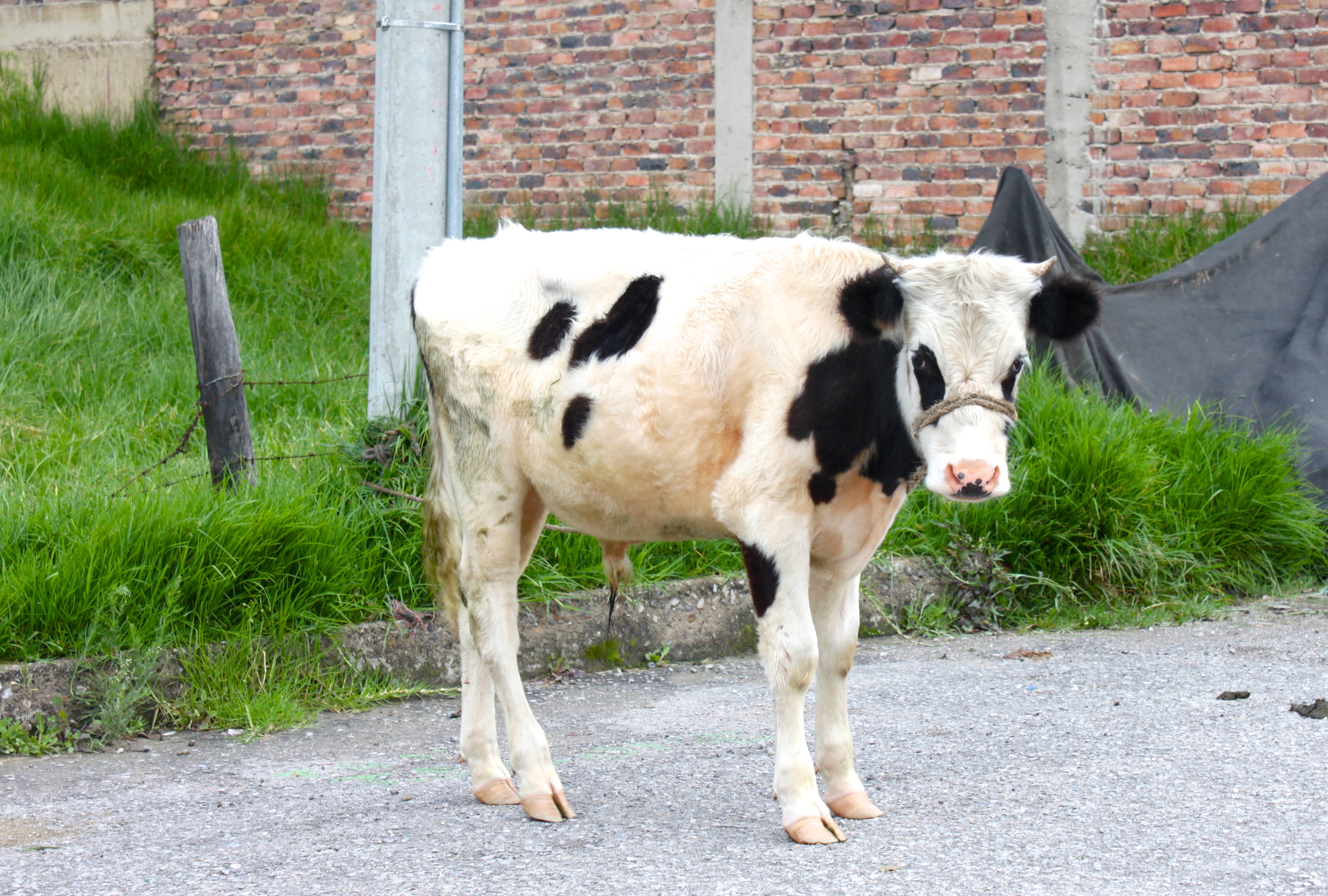BOYACÁ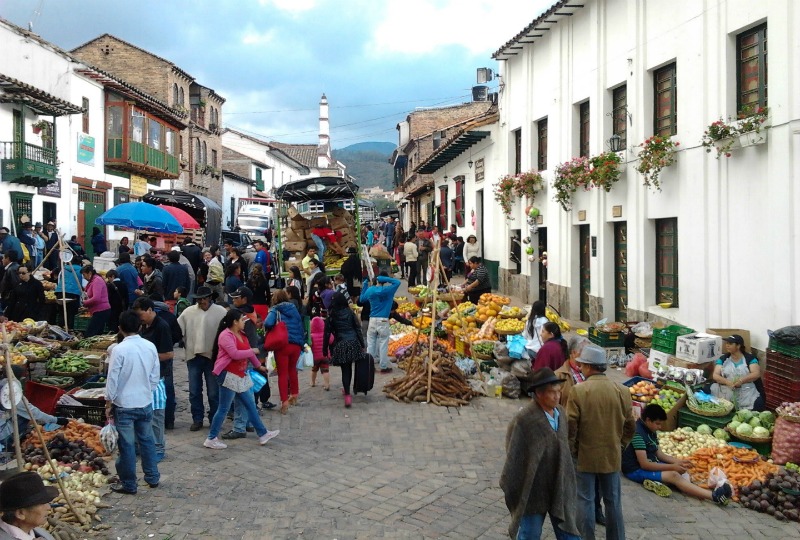
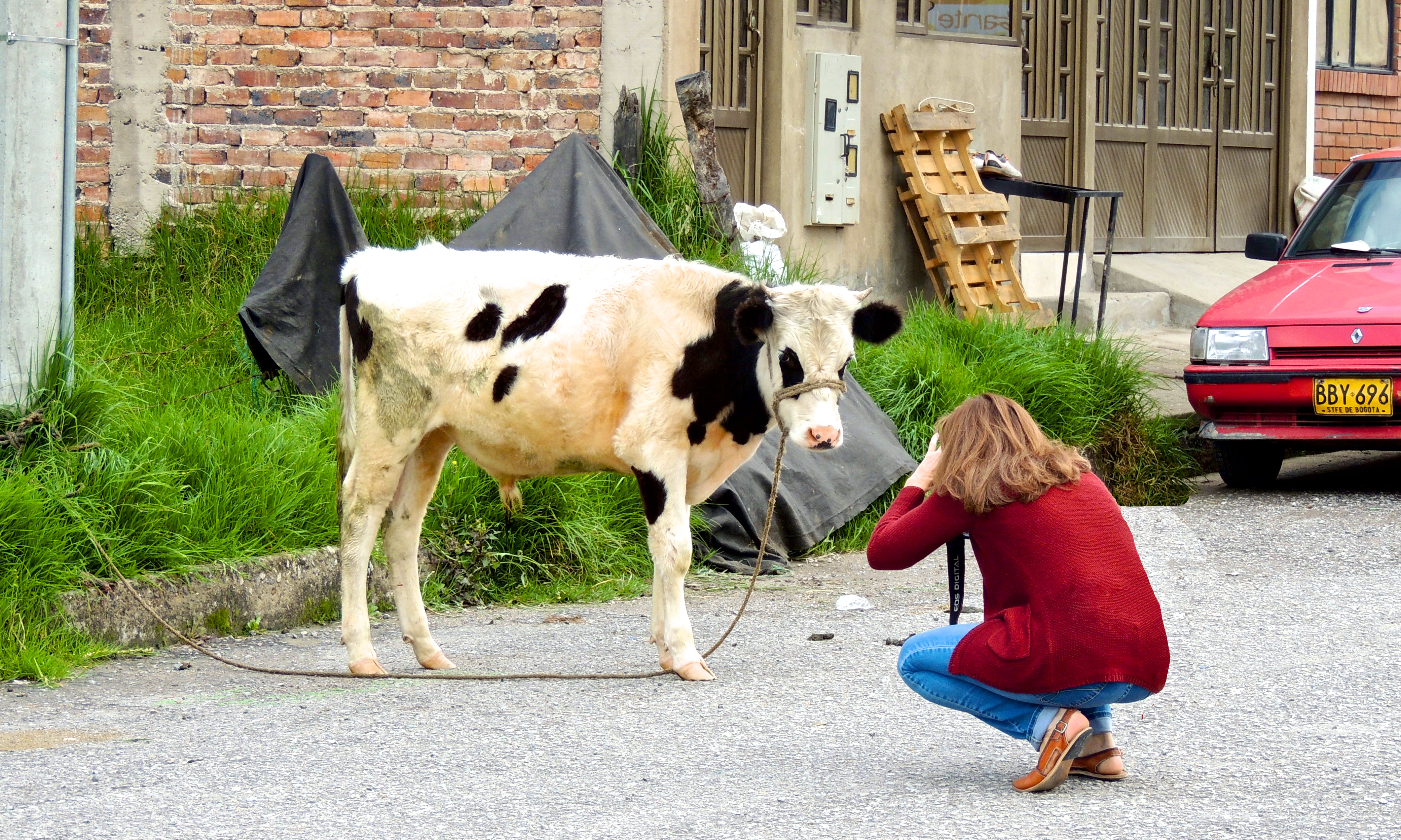 PAIPA
PAIPA

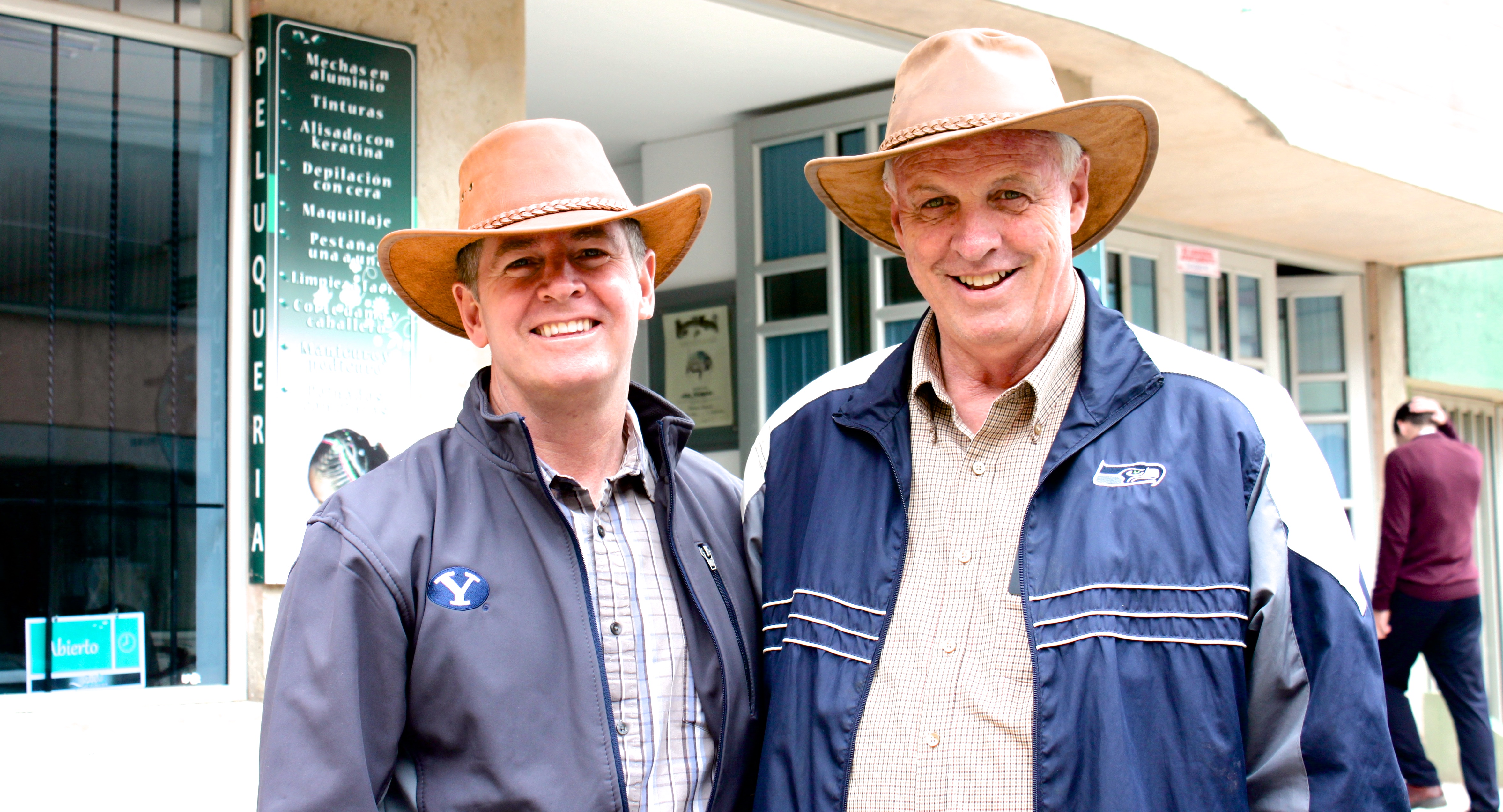 TUNJA
TUNJA
DUITAMA ~ Pueblito Boyacense



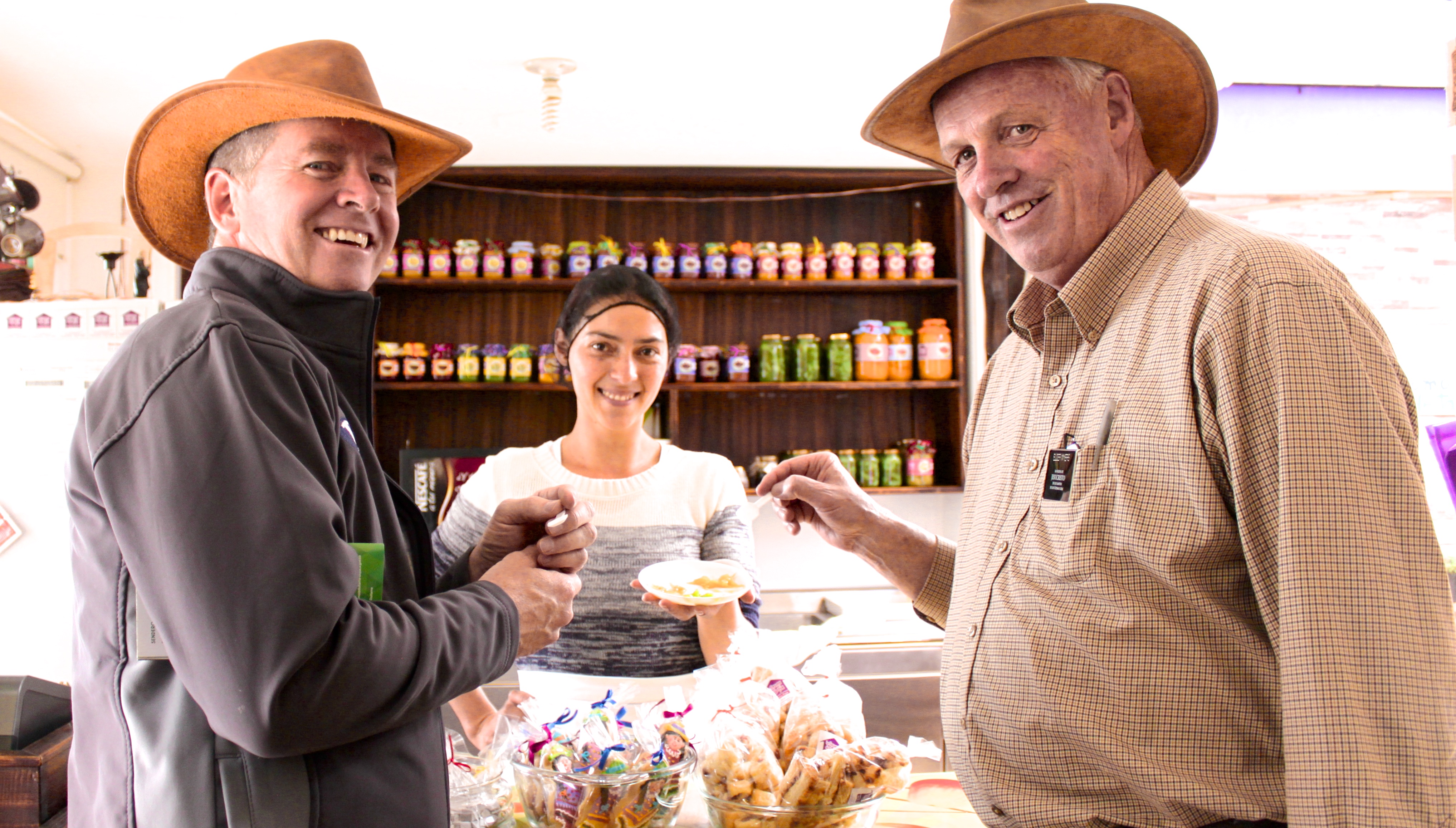



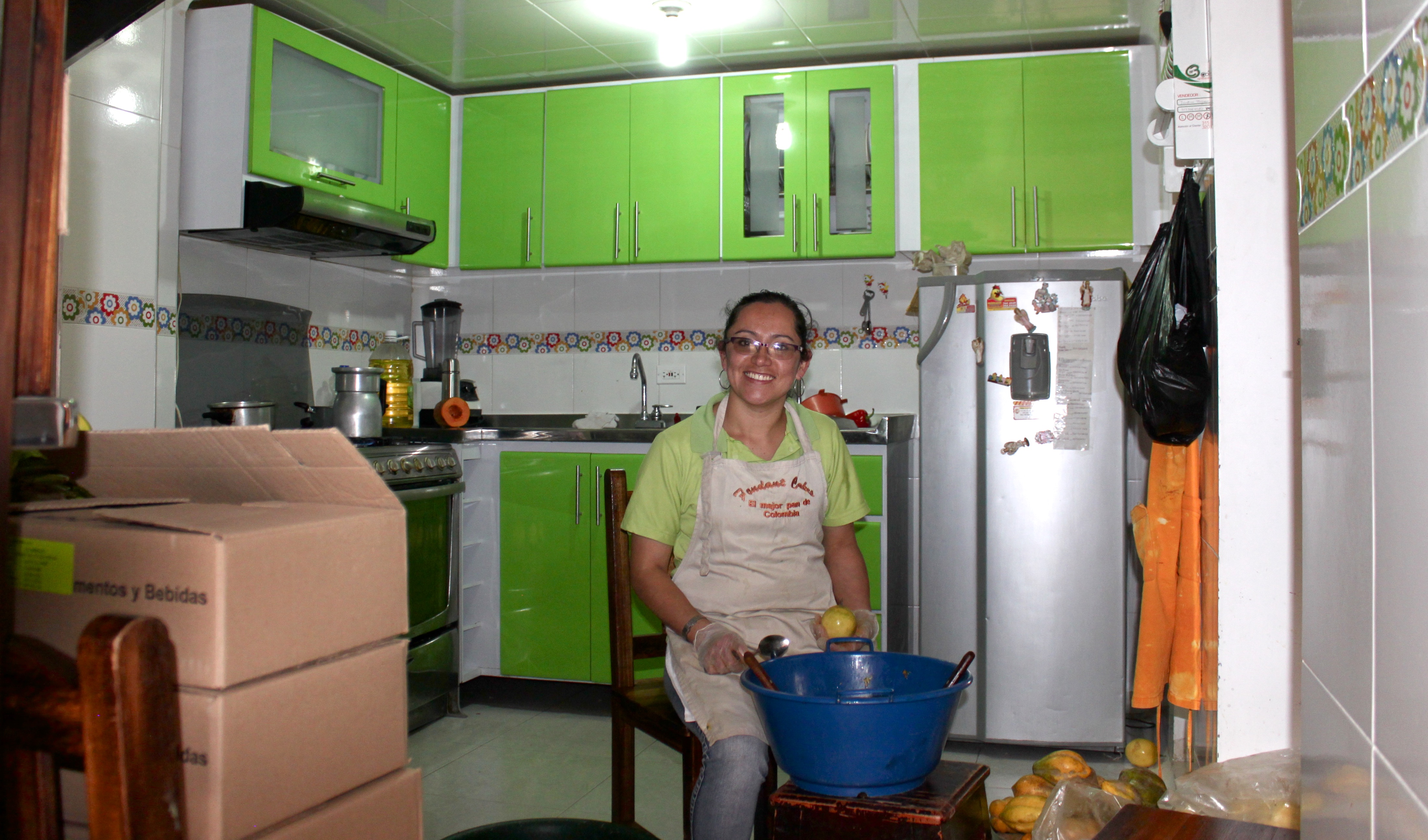

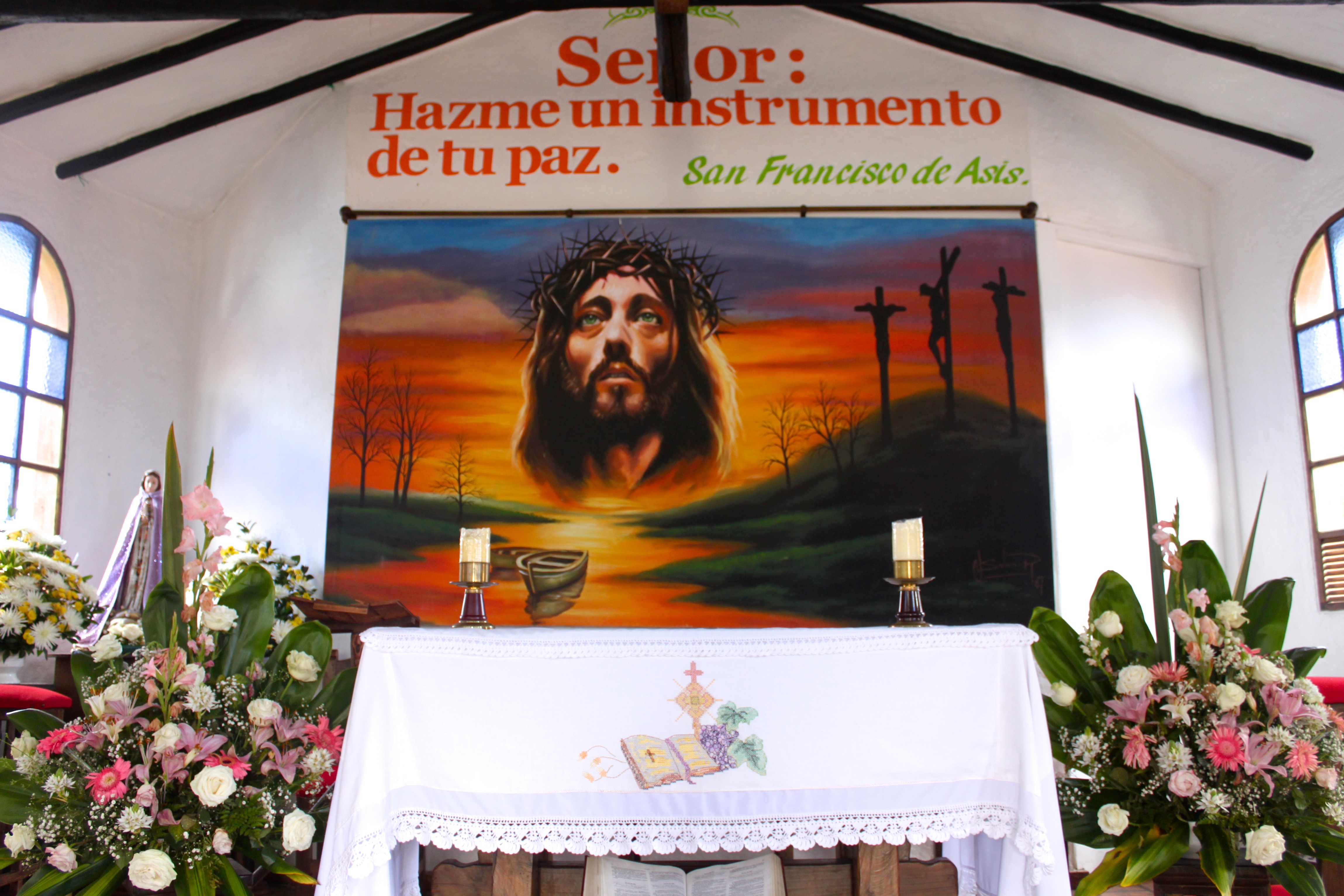








 COWFISH: Our favorite place to eat in DUITAMA!
COWFISH: Our favorite place to eat in DUITAMA! NOBSA
NOBSA
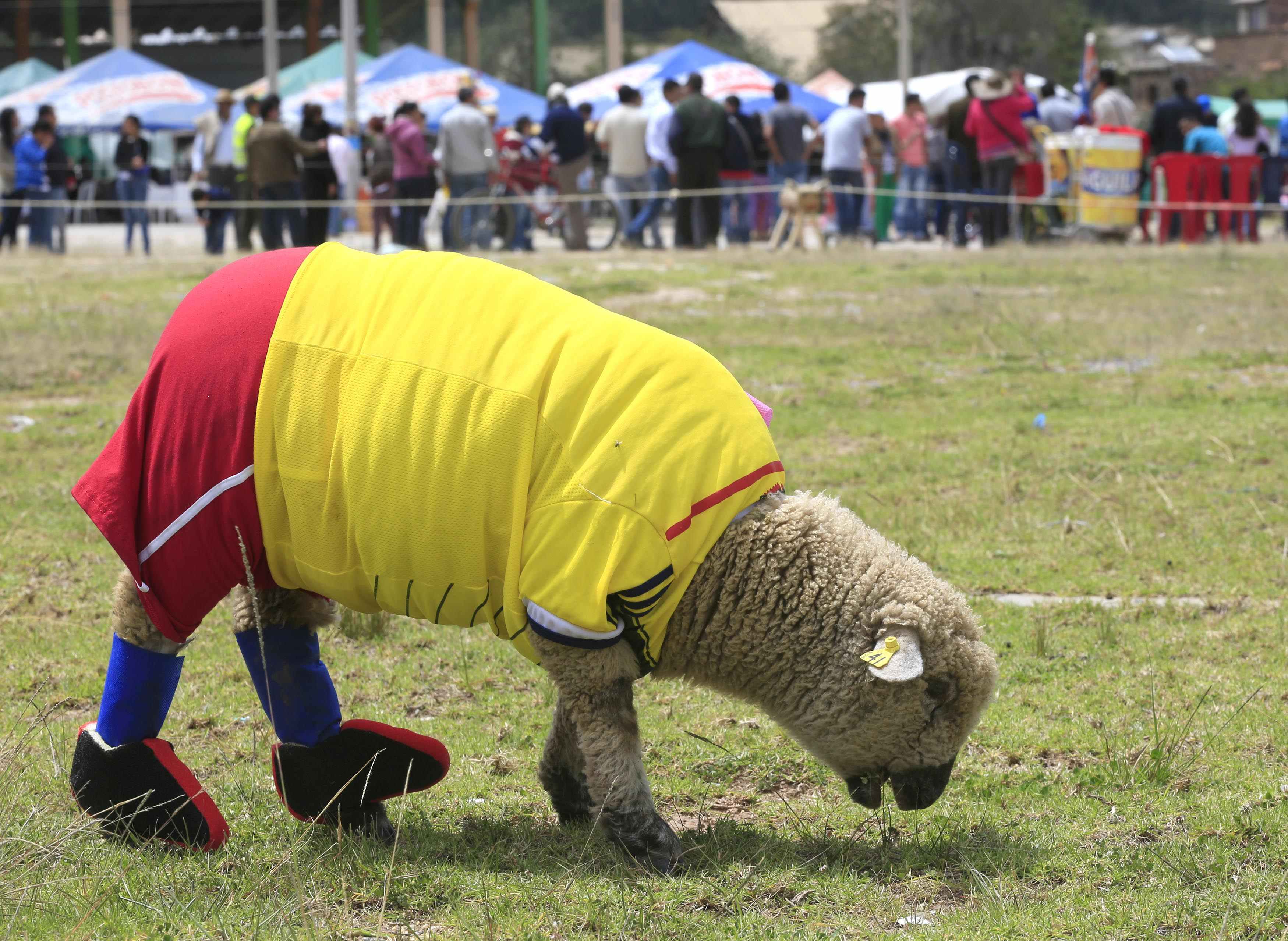 A shepherd dressed his animals in jerseys of Colombia’s national soccer team before a Colombia vs. Brazil soccer sheep match in Nobsa, Colombia, The match was part of the International Poncho Day, celebrated every year in this region of central Colombian where local craftsmen make sheep wool ponchos using ancestral techniques. This sheep is named Falcao, after a Colombian player Radamel Falco.
A shepherd dressed his animals in jerseys of Colombia’s national soccer team before a Colombia vs. Brazil soccer sheep match in Nobsa, Colombia, The match was part of the International Poncho Day, celebrated every year in this region of central Colombian where local craftsmen make sheep wool ponchos using ancestral techniques. This sheep is named Falcao, after a Colombian player Radamel Falco.
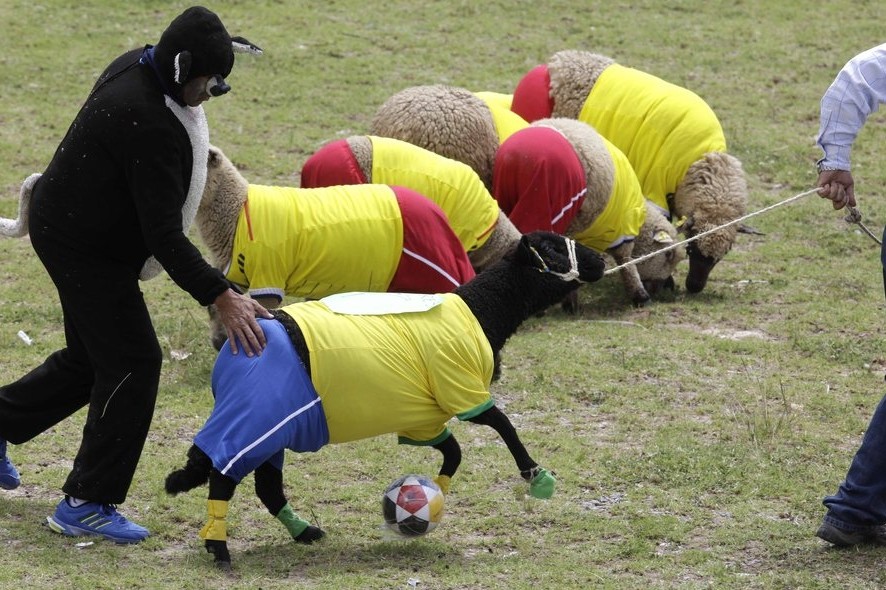
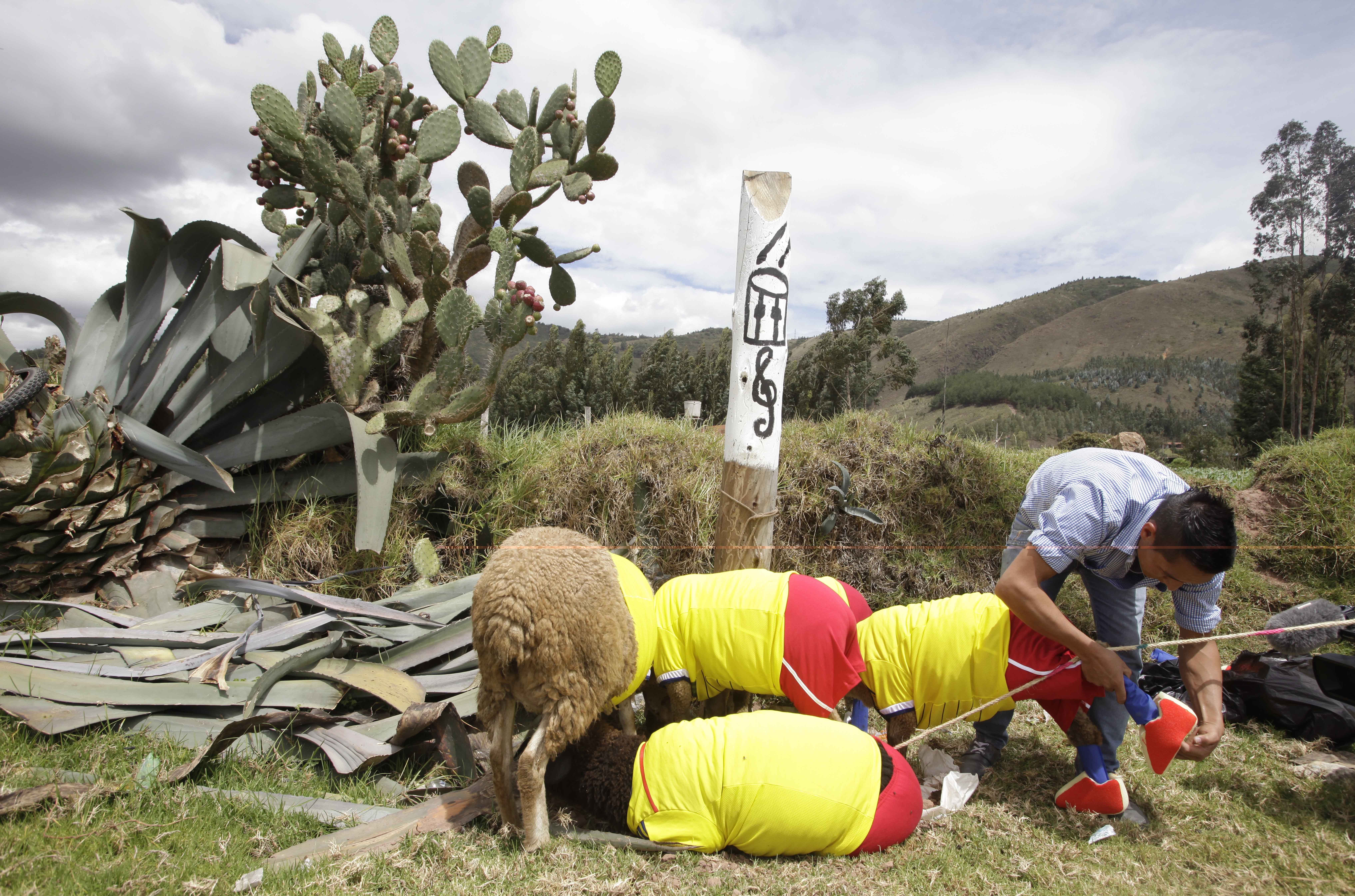
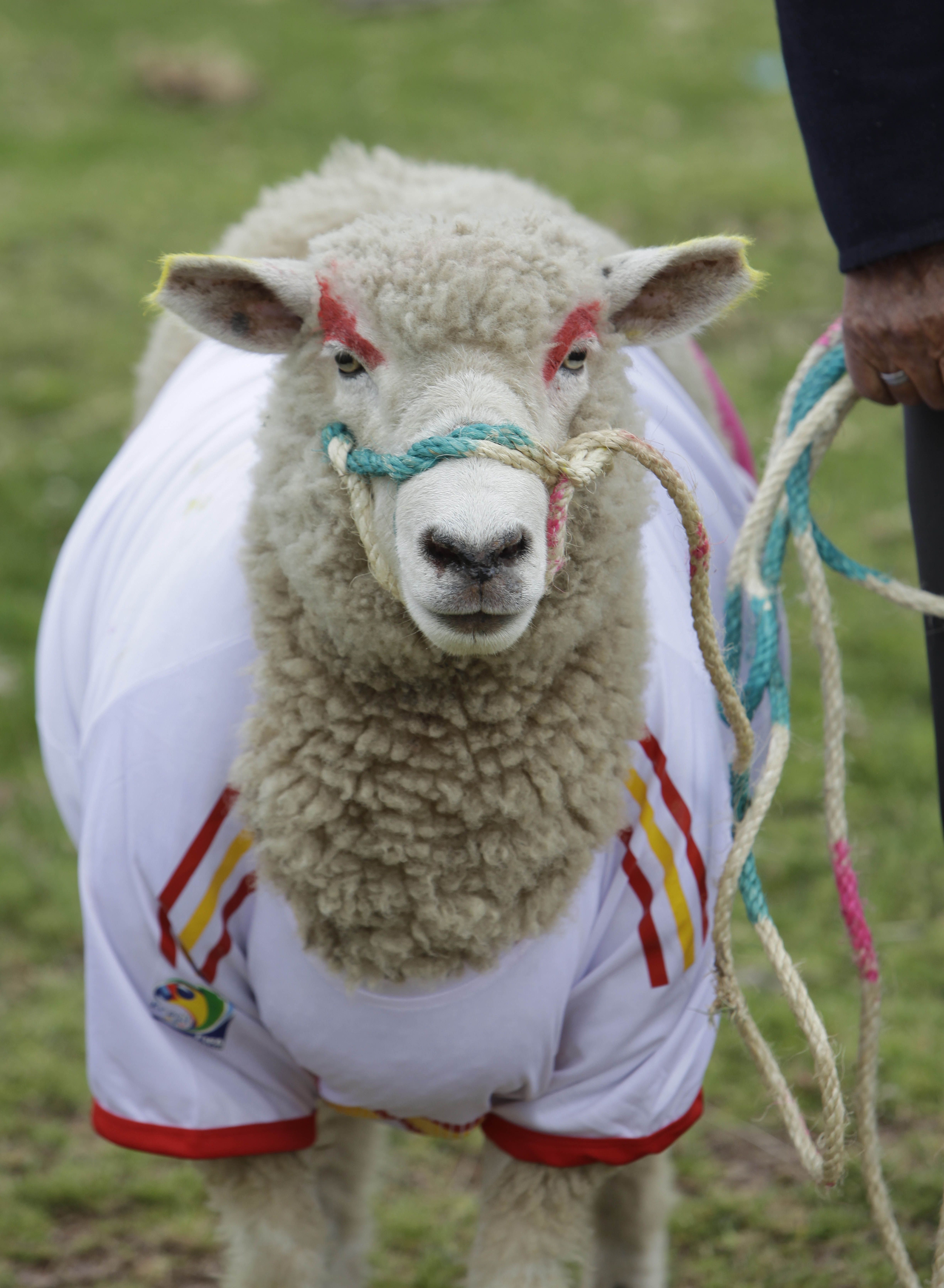
Ruanas are making a comeback. Not the sort of comeback you might expect from platform shoes, but rather a major leap from being a 15th century Muisca garment which fell from grace, to its present claim to a righteous place in modern fashion.

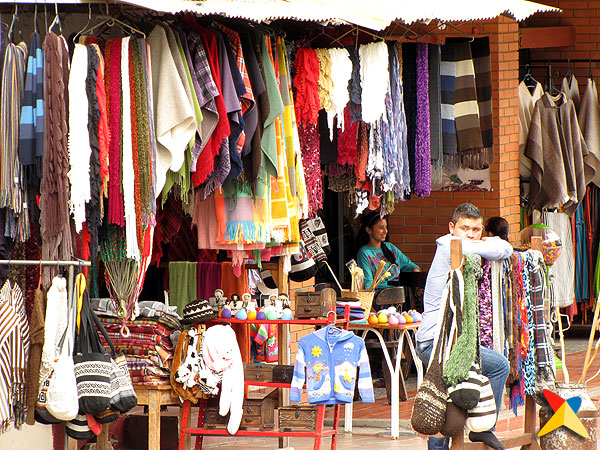
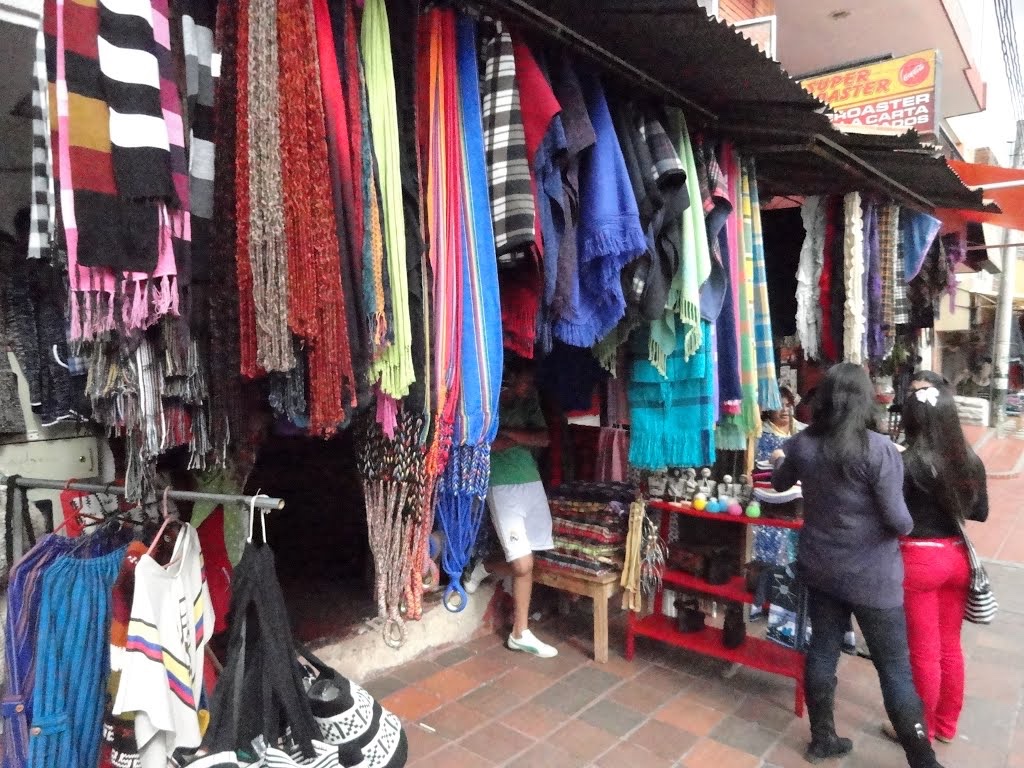
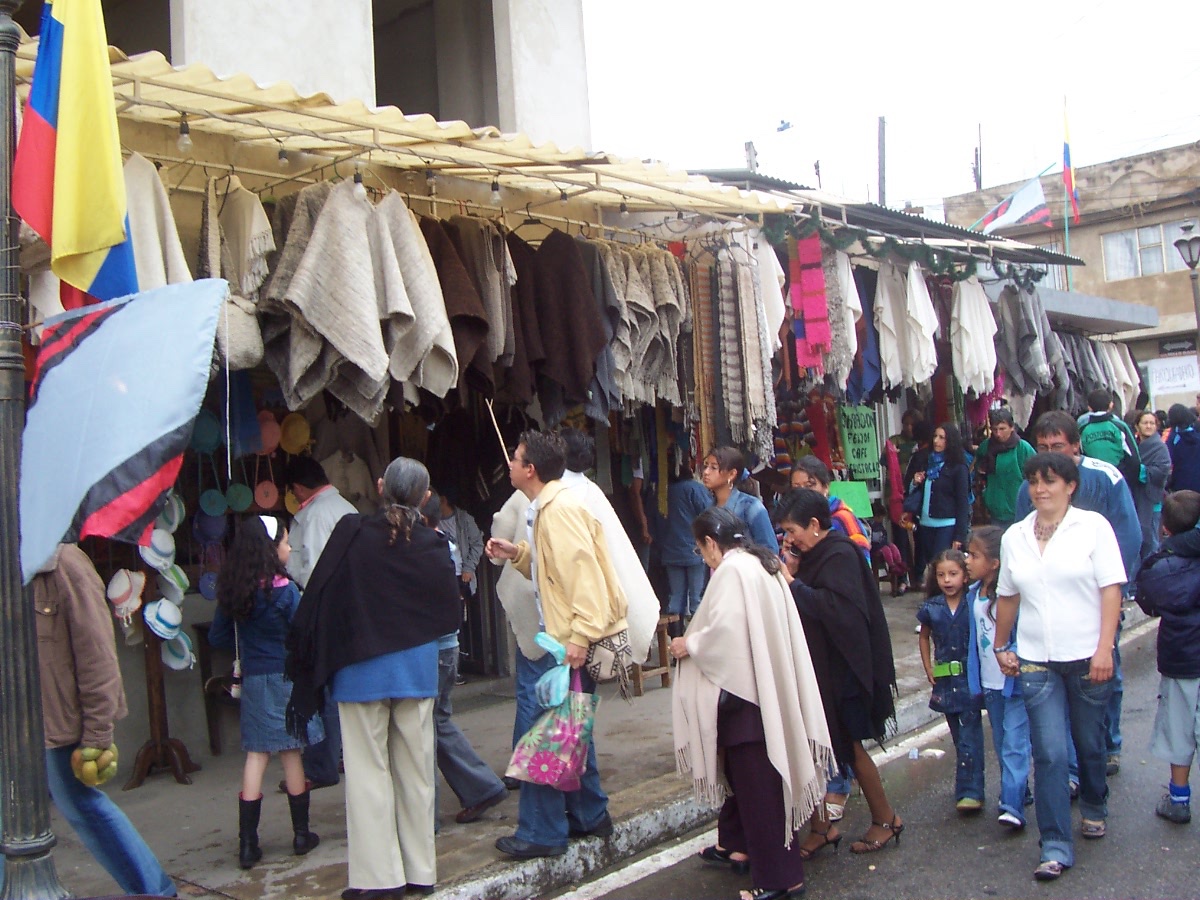 Let’s be clear, It’s a ruana, not a poncho. Think of it as the cold weather cousin of the poncho, which is mostly worn in Mexico and warmer regions of the Andes. The ruana is a square and thick virgin wool piece of fabric, with a hole in the middle, from which your head sticks out, leaving your upper body covered and warm. If needed, the ruana can play the part of a blanket, a pillow or small cushion.
Let’s be clear, It’s a ruana, not a poncho. Think of it as the cold weather cousin of the poncho, which is mostly worn in Mexico and warmer regions of the Andes. The ruana is a square and thick virgin wool piece of fabric, with a hole in the middle, from which your head sticks out, leaving your upper body covered and warm. If needed, the ruana can play the part of a blanket, a pillow or small cushion.






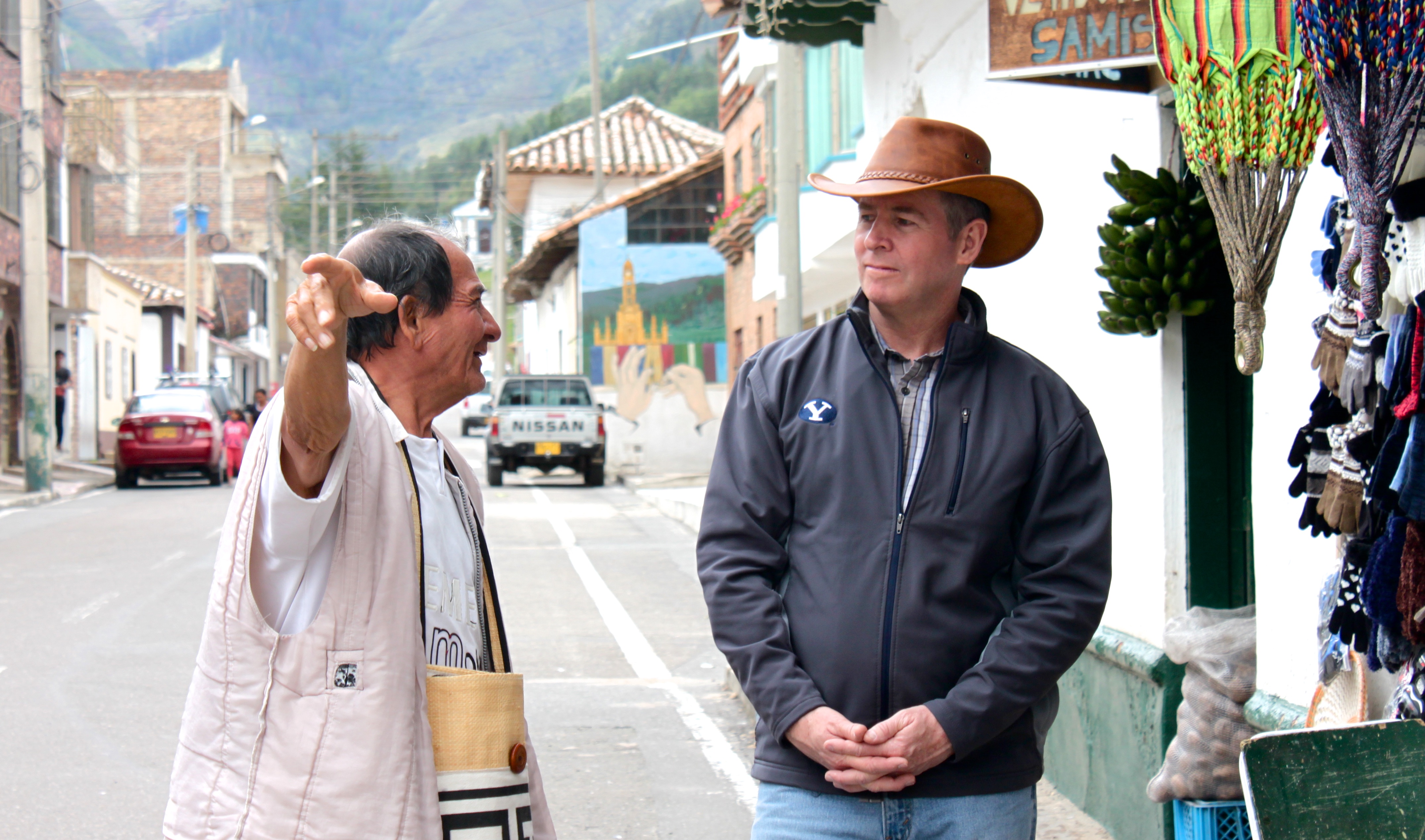
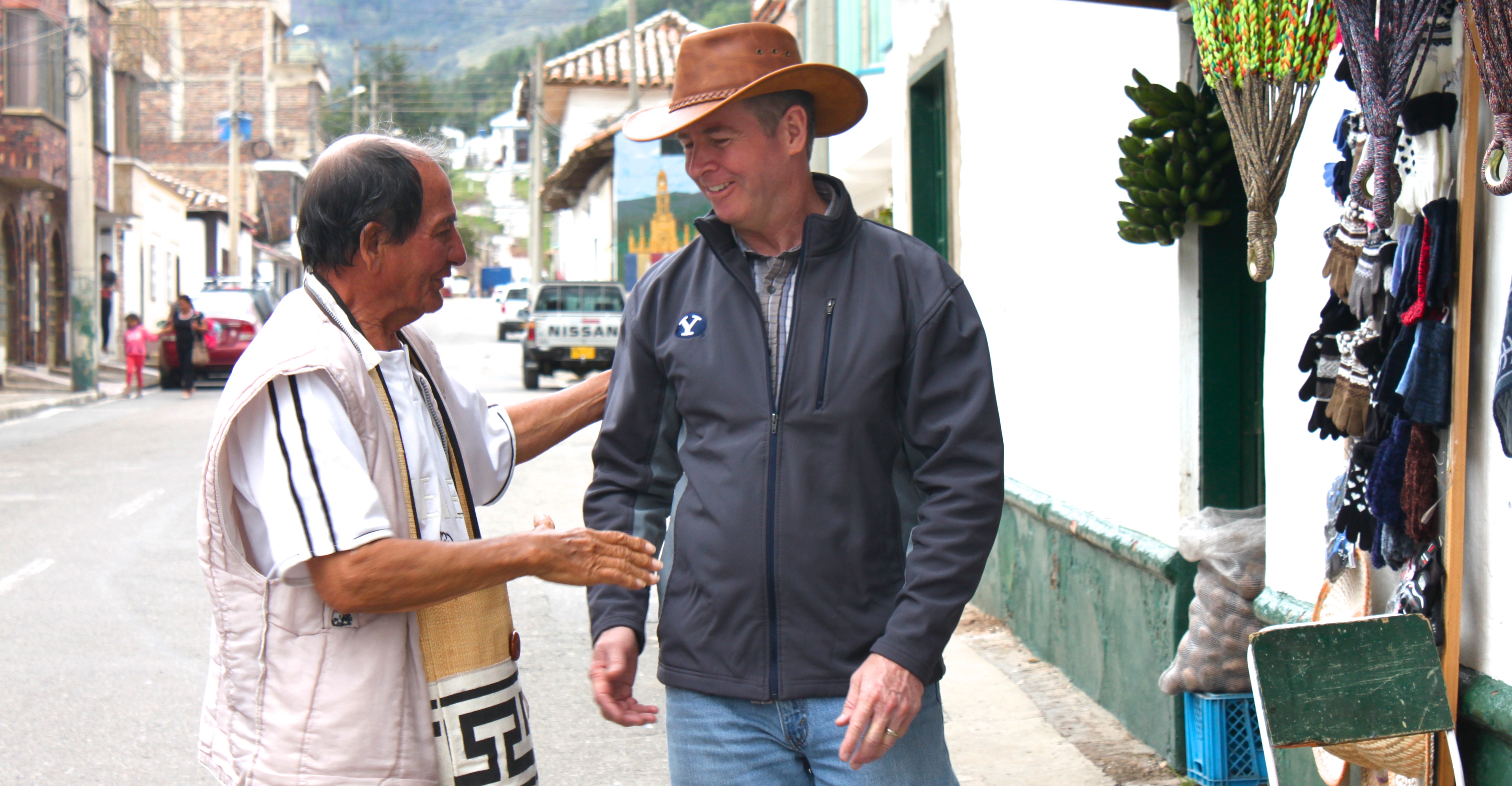
 SOGAMOSO: The Sacred City of the Sun
SOGAMOSO: The Sacred City of the Sun


 Archaeology Museum, Sogamoso
Archaeology Museum, Sogamoso This is the parking lot for the Museum. We had to pay to park in this guys backyard!
This is the parking lot for the Museum. We had to pay to park in this guys backyard!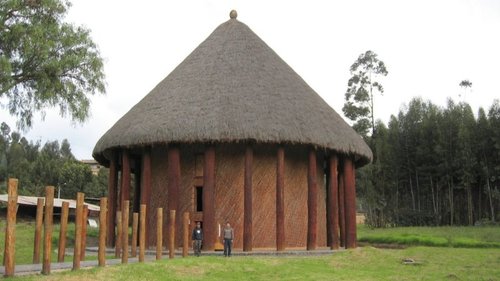 Temple of the Sun
Temple of the Sun
The Archaeological Museum of Sogamoso preserves the majority of what remains from the Muiscan culture. Inside the museum are Muiscan mummies, clothing, pottery, jewelry, three real shrunken heads, and a large diversity of artifacts related to the Muiscan and other Colombian indigenous cultures. Outside there are ethnographic replicas of houses and their most important temple, the Temple of the Sun, which was built by the members of the Muisca culture to honor the Sun.


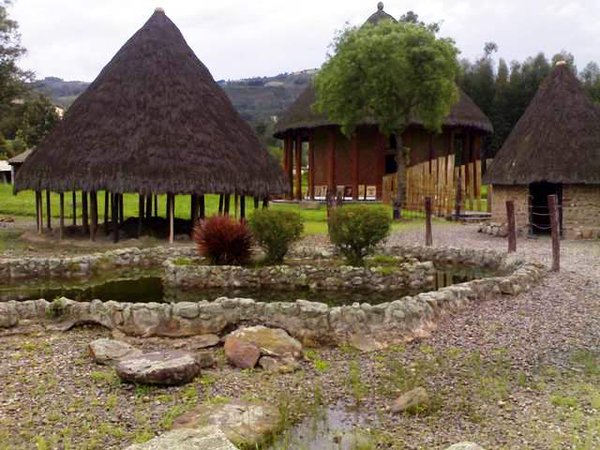






 MONGUÍ
MONGUÍ
 The town of Mongui, in the mountains of Colombia, is a tourist magnet not only for its colonial architecture and cobblestone streets, but for its economic activity. Its citizens are experts in raising livestock, mining, and most of all, the production of artisanal footballs, which they make through a hand sewing technique that’s almost a century old.
The town of Mongui, in the mountains of Colombia, is a tourist magnet not only for its colonial architecture and cobblestone streets, but for its economic activity. Its citizens are experts in raising livestock, mining, and most of all, the production of artisanal footballs, which they make through a hand sewing technique that’s almost a century old.
This is the town that makes the world’s futbols!

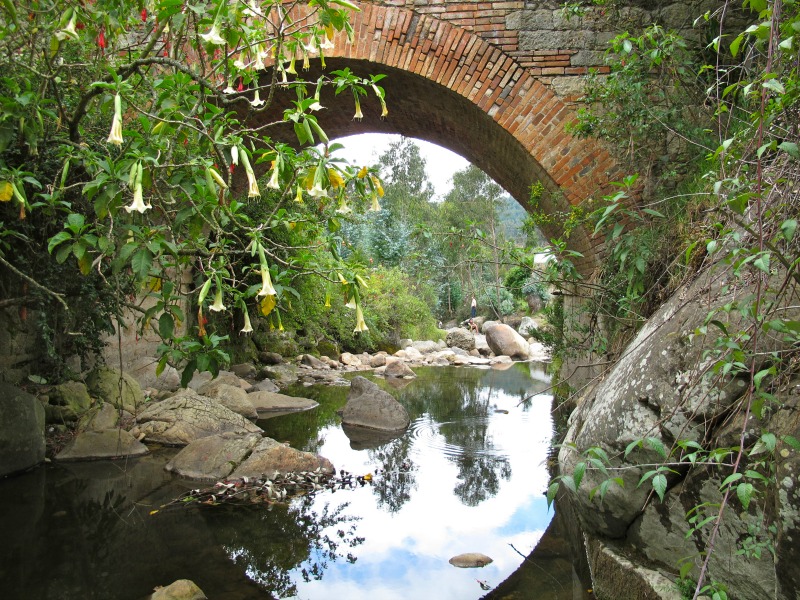


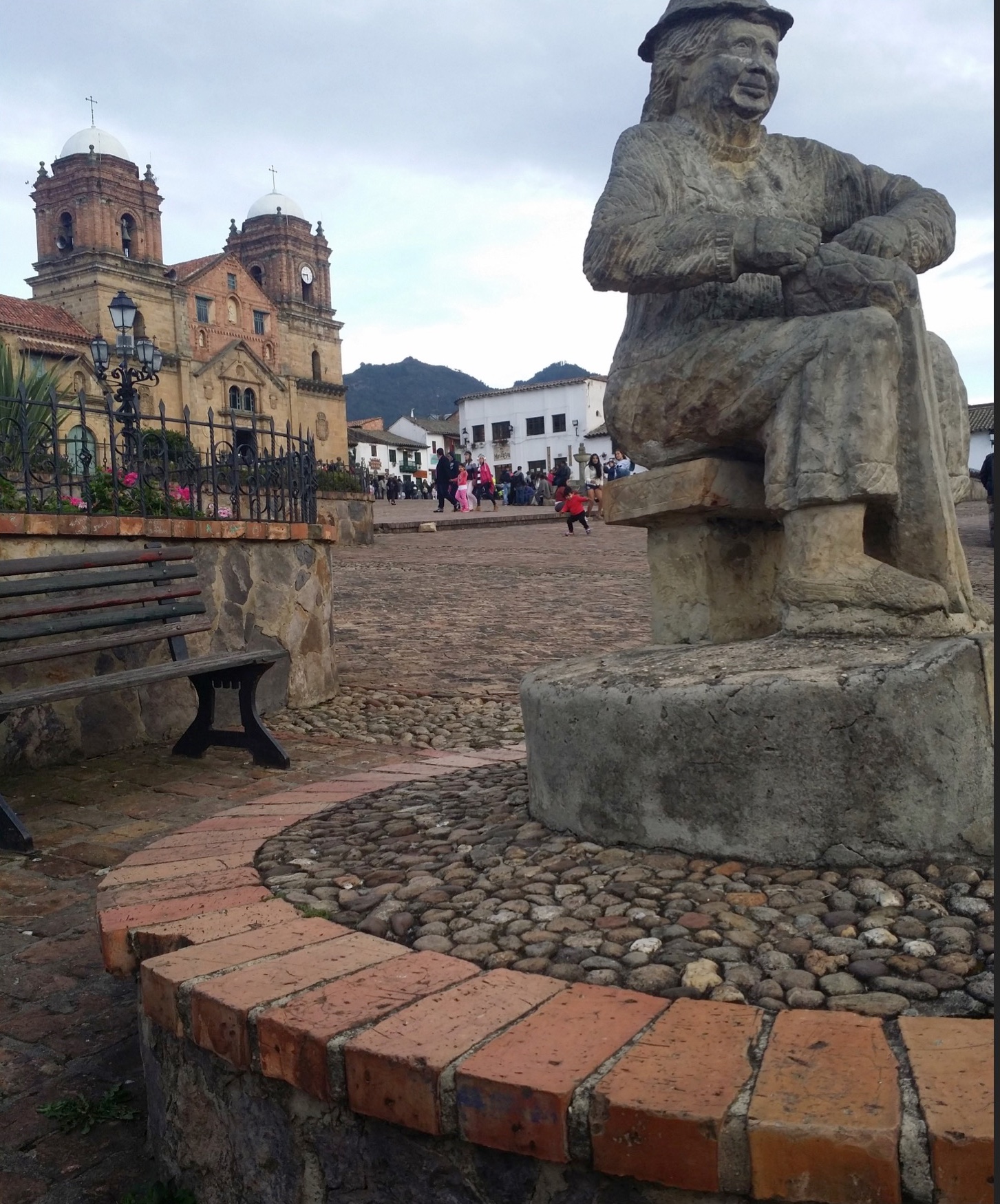

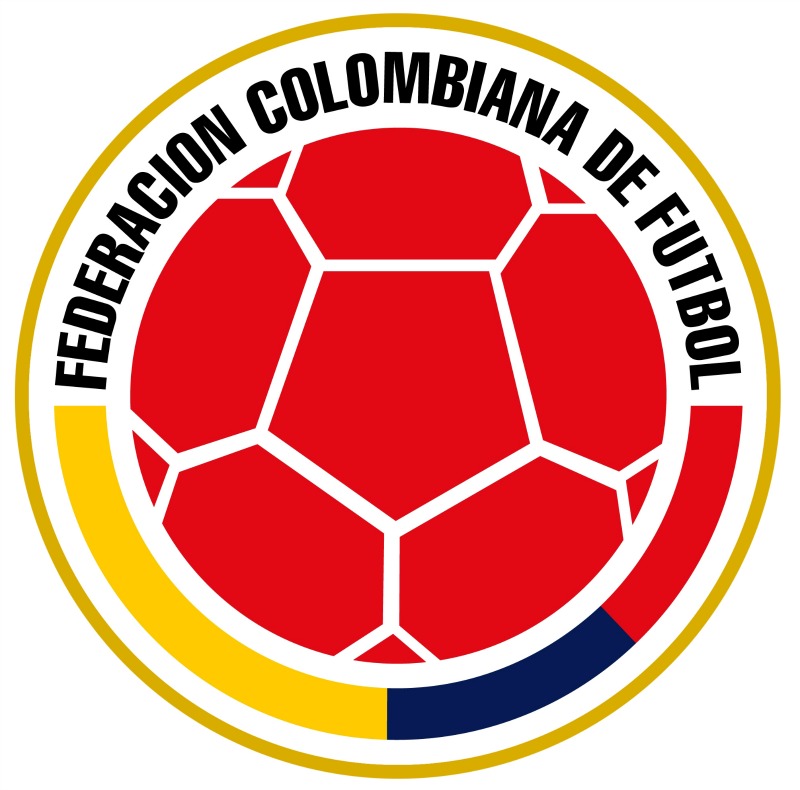
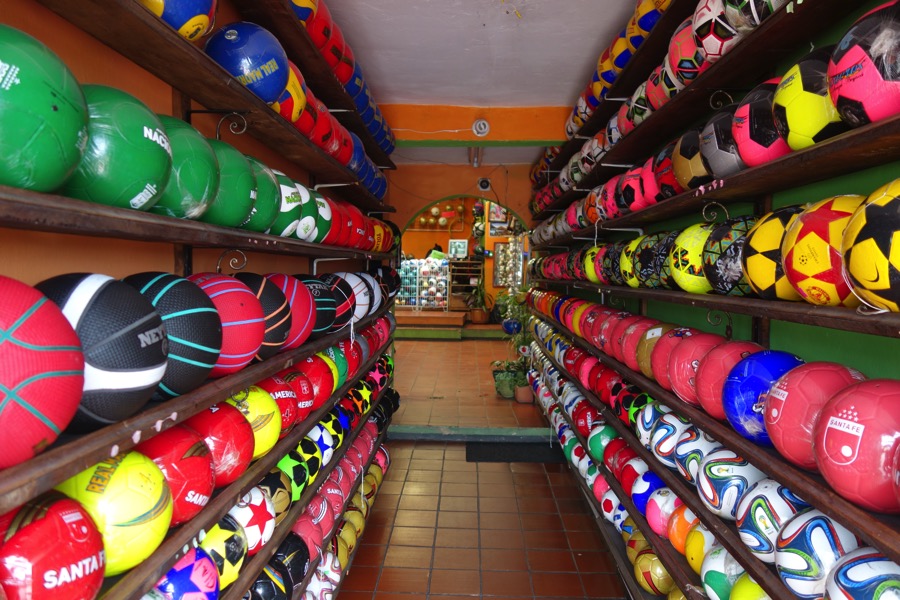
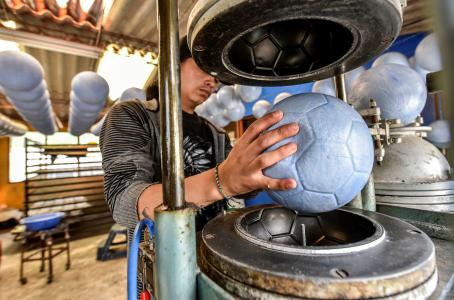
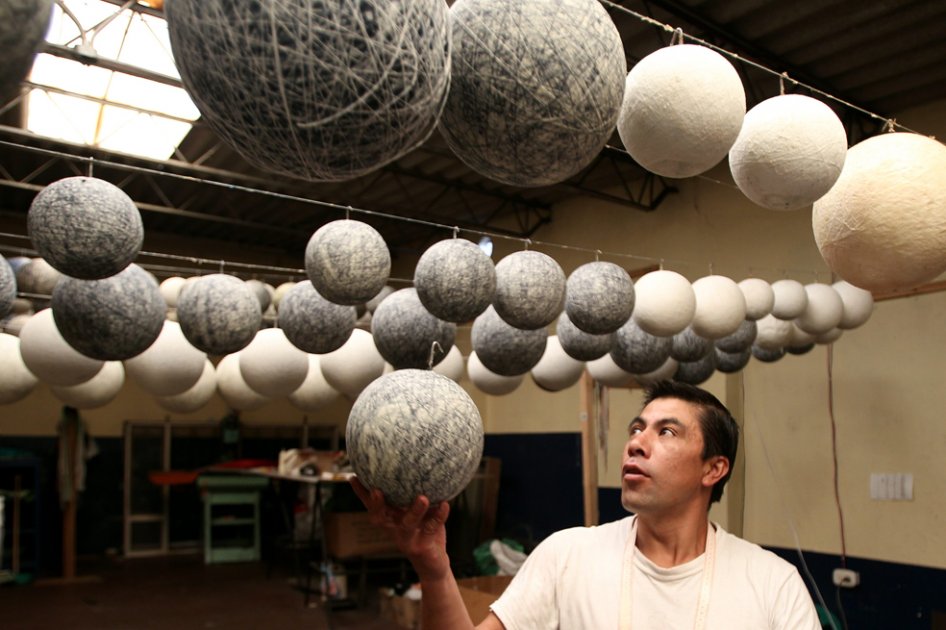
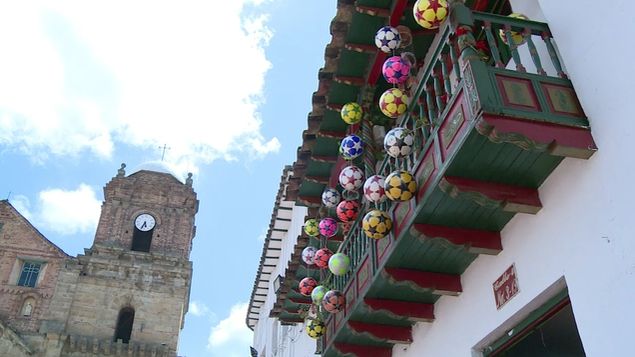
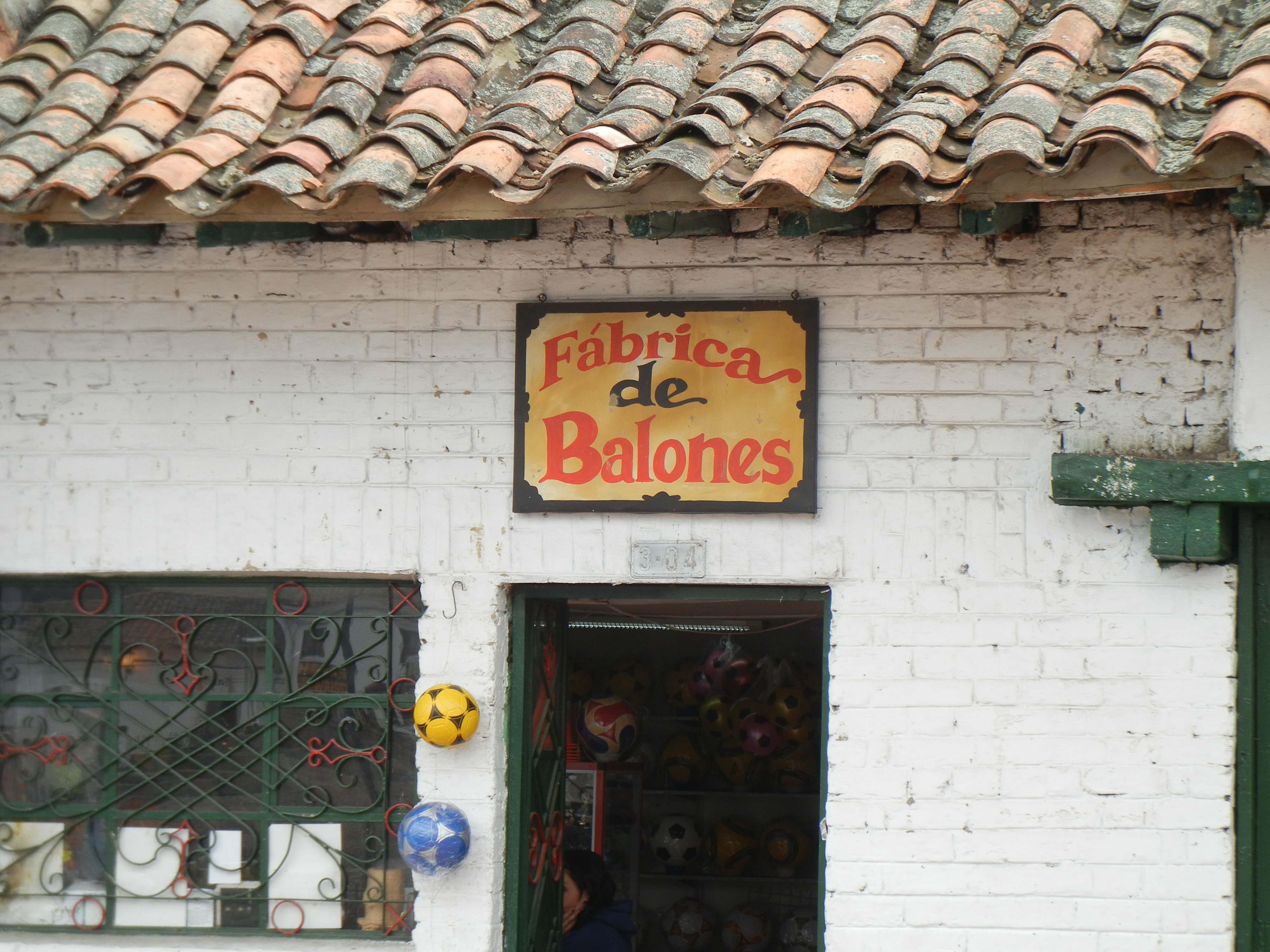
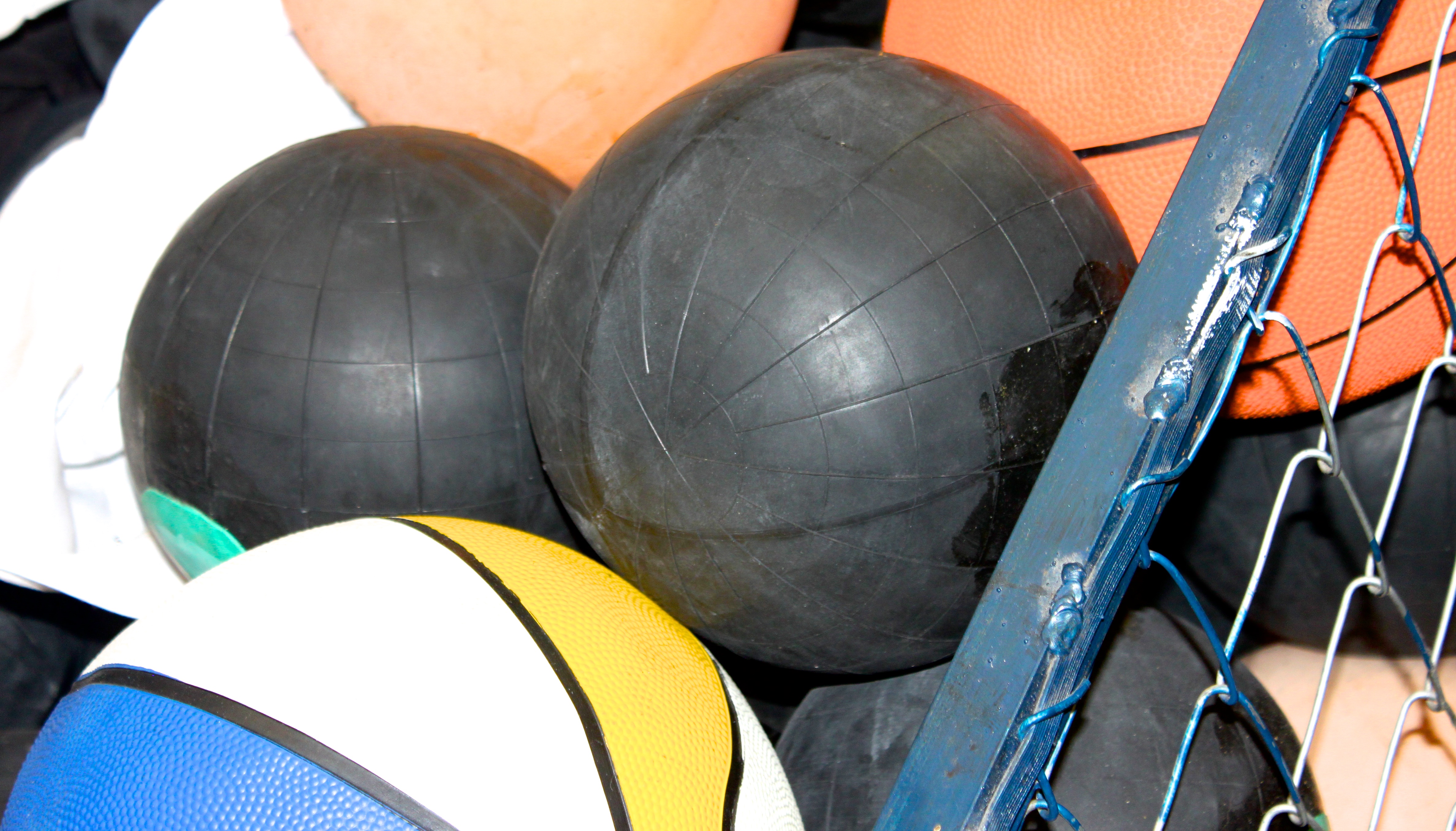


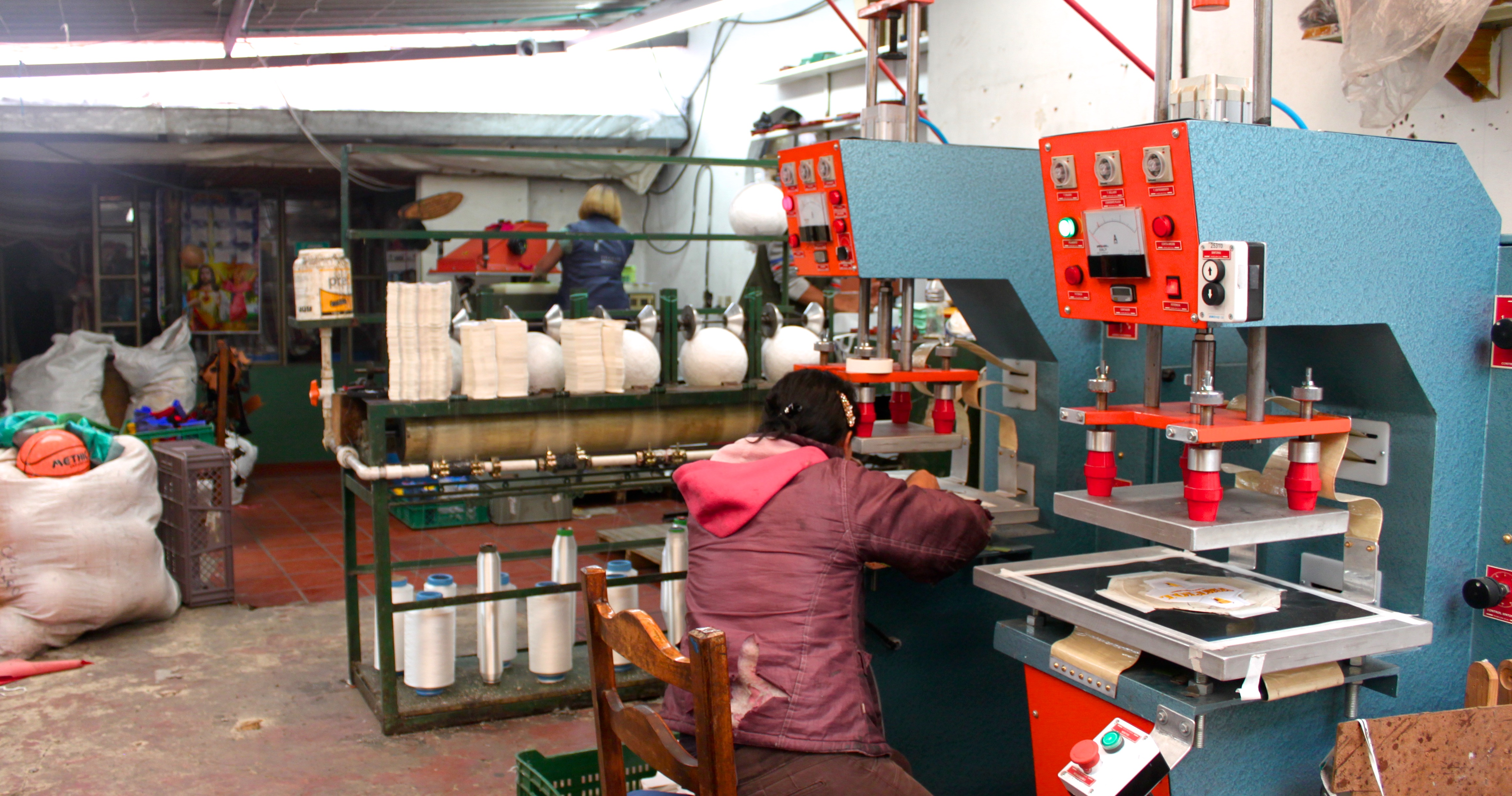












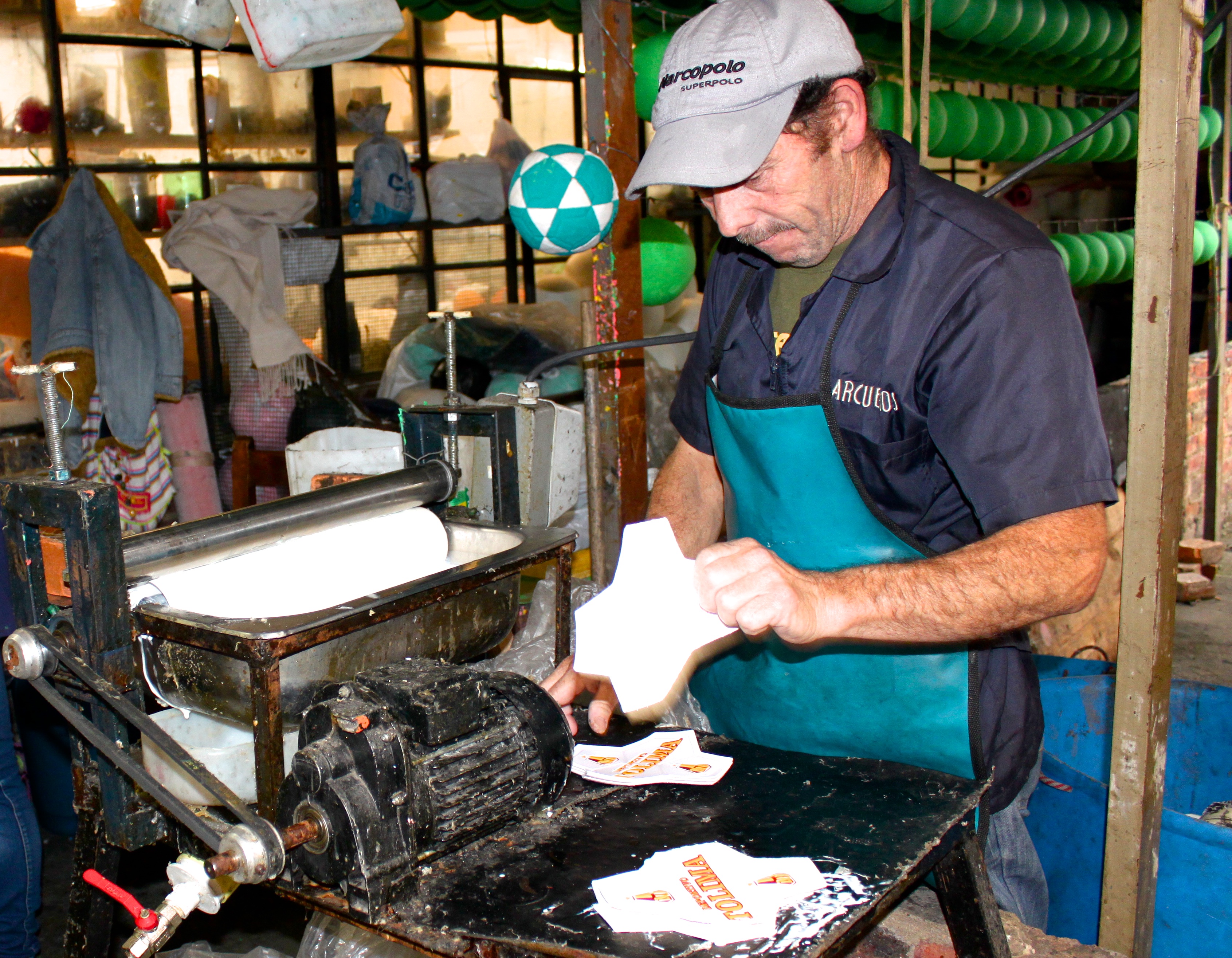


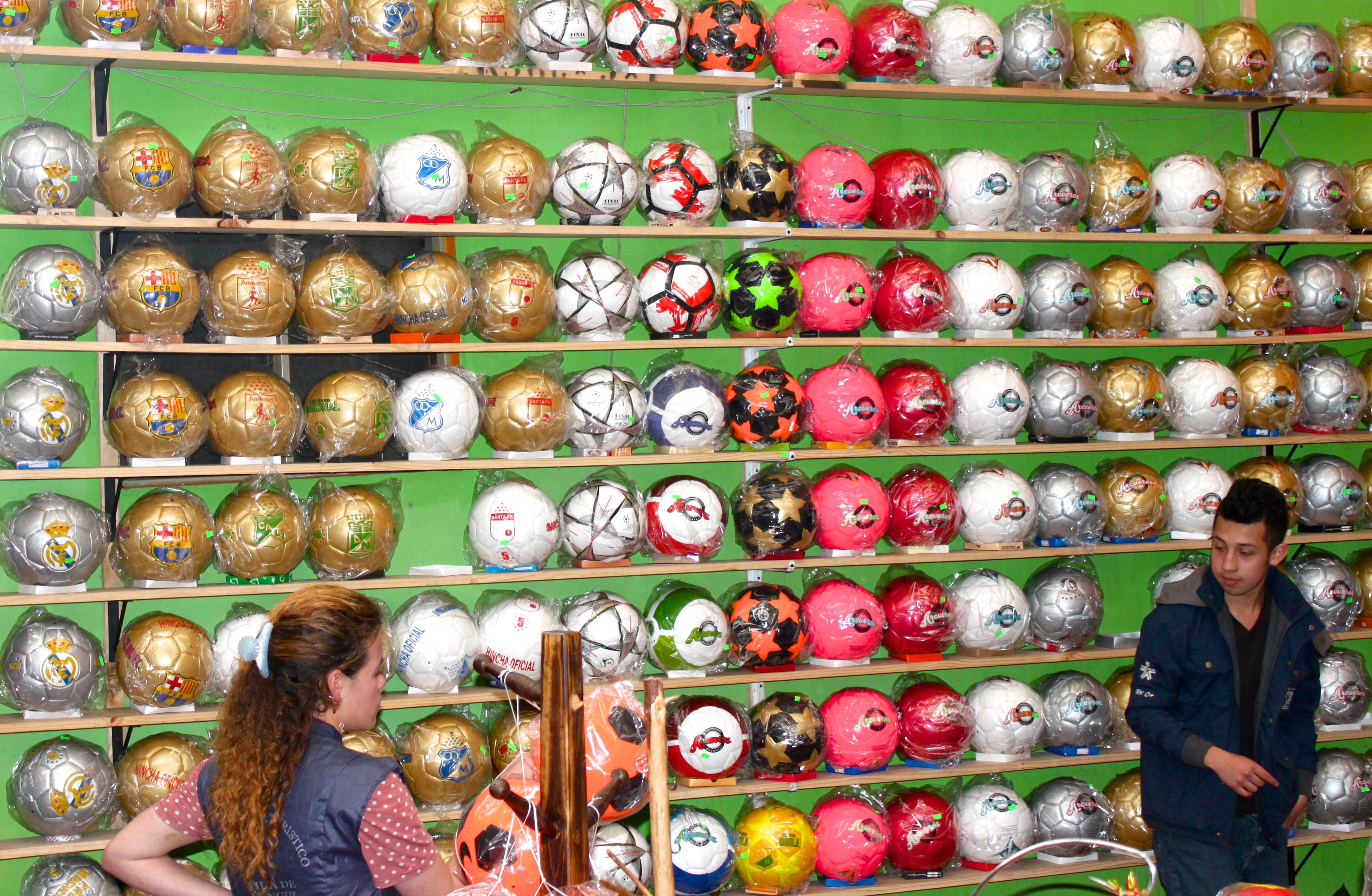






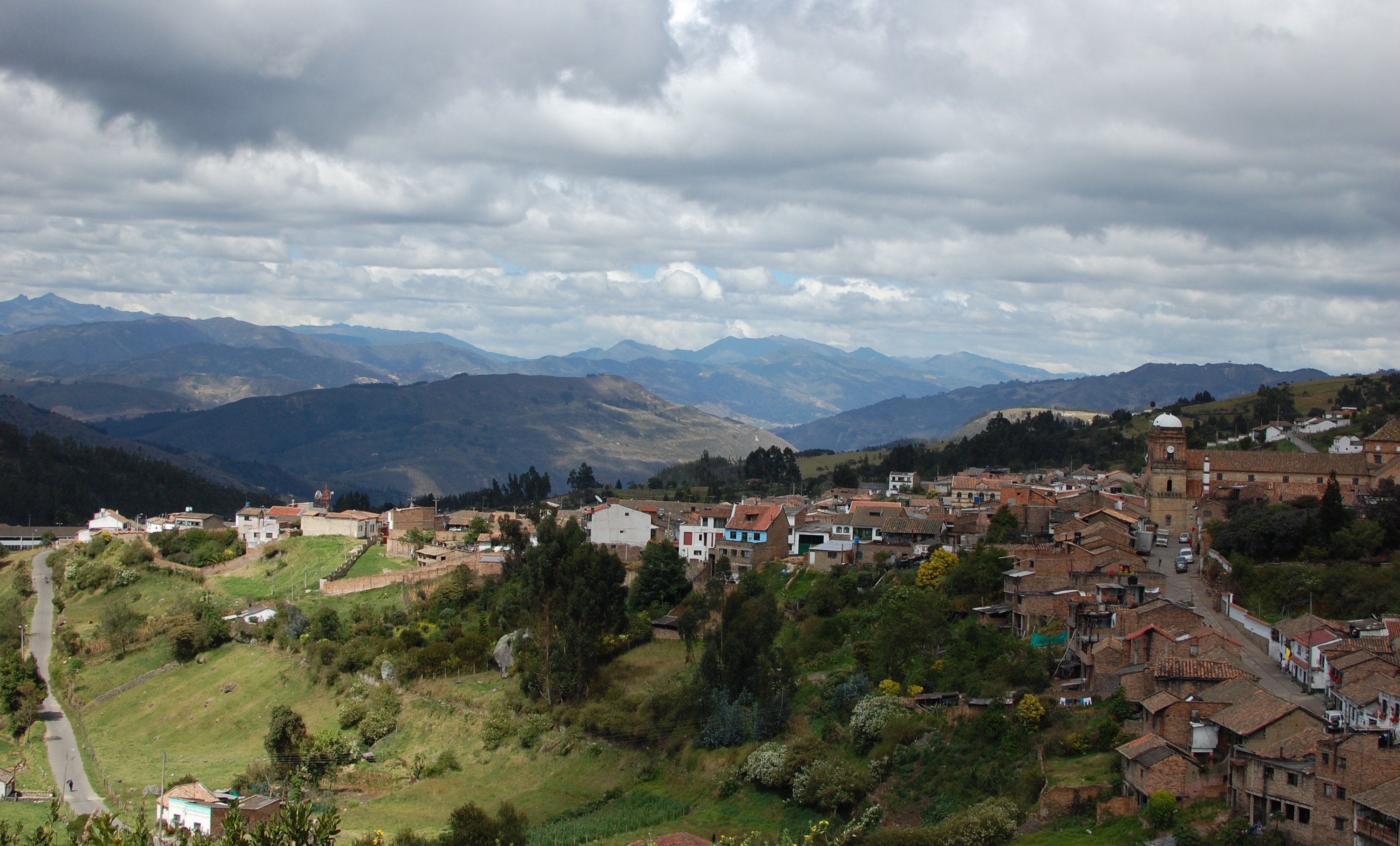
 TIBASOSA
TIBASOSA
 Meanwhile, back at the hotel…
Meanwhile, back at the hotel…








 Road Block
Road Block






